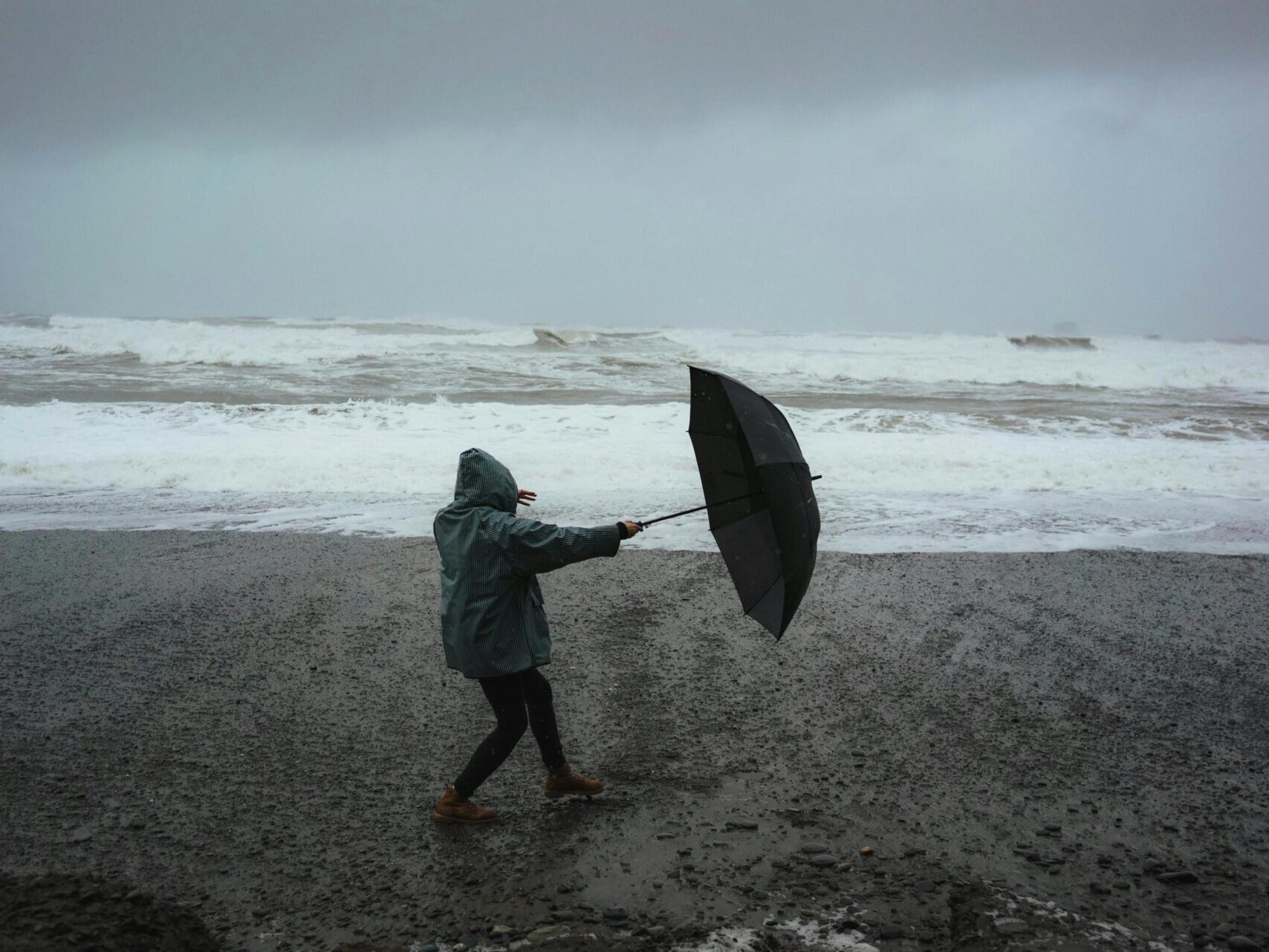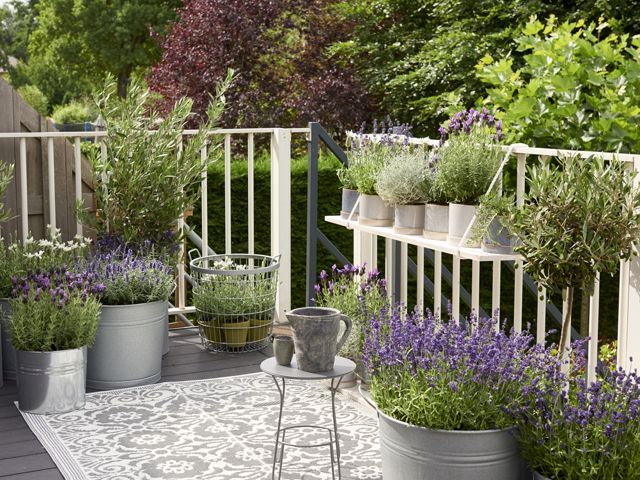
Image credit: Dziana Hasanbekava
How to protect your garden during storms
Another week, another amber weather warning for the UK. Storm Debi has hit parts of the UK today and is expected to last for a few days.
As Winter approaches, we can expect more of this weather, with heavy rain, gale-force winds and flooding battering the country.
If you haven’t already taken steps to protect your garden during storms, now is the time. Storm Debi is the fourth named storm this season, following storms Agnes, Babet and Ciarán. And it’s very unlikely to be the last, as we’re still only in Autumn.
Here, Samantha Richards of Gazeboshop shares her tips to prevent damage, from lawn care to securing fences.
These will be particularly important for people in Amber alert areas of County Armagh, County Down, North West England, and Yorkshire and Humber. But yellow warnings have also been issued for East Midlands, North East England, Wales and parts of Scotland.
But future storms could hit any area of the country, leading to flying debris and waterlogged gardens. These measures will help protect your garden during storms and worsening weather conditions.
Anchor outdoor structures
Flying trampolines, washing lines and bins are not uncommon during a storm.
“Any loose objects in your garden can simply be swept away if a gust of wind is strong enough, which is why it’s vital for anything that isn’t fixed in place to be weighed down,” Richards advises.
“This also includes sheds and greenhouses as they can become a serious hazard to property and people if parts of the material are blown away.”
Pack away outdoor furniture
Pack away any outdoor garden furniture or gazebos in a secure shed or garage for the winter period.
Hanging baskets or delicate garden ornaments should also be stored safely inside.

Secure fences
Loose fence panels can get uprooted in a storm. Any panels that are leaning or bowed are in a vulnerable position duringstormy weather.
“If your fences aren’t looking very stable, it’s worth adding in some extra support to ensure they don’t come loose and fall down,” Richards says.
“As a short-term fix, you can bolt another post against the loose fence to increase its stability, but if there’s serious damage then you should consider replacing the fence entirely.”
Protect plants
Investing in some burlap or tying cloth over any delicate blooms will help guard them against stormy weather conditions.
“If you don’t want to take any chances, bringing your potted plants indoors – whether that’s inside your greenhouse or porch – over the coming days will ensure they survive the storm,” Richards adds.
For those plants you can’t bring indoors, pruning before a storm hits will ensure there are no loose branches to snap off in heavy winds.

Check drainage
Heavy rainfall brings a higher chance of flooding. This isn’t great for the health of your lawn and can lead to rotting if excess water is left to sit for extended periods of time.
To reduce the risk of flooding, make sure all your drainage systems are clear and working properly. Check and clear any debris from gutters, and aerate your lawn by spiking holes in the soil with a garden fork.
Inspect trees
There have been plenty of examples of trees falling and smashing into houses during recent storms.
Ahead of a big storm, inspect the trees surrounding your property to identify any possible danger trees and prevent damage. Look out for dead branches, splits in wood and roots rising up out of the ground.
“If you are surrounded by trees and are especially worried about one falling, then consider getting in touch with a tree surgeon to get a professional opinion,” Richards adds.
Keep off the grass
If you have a waterlogged lawn, keep off your grass as much as possible, and give it the opportunity to drain.
Walking over a lawn that’s waterlogged will force the air out of the soil and when this eventually dries, it will be heavily packed together which can lead to stunted growth in spring,” Richards warns.
Damaging soil and grass blades can also lead to fungal lawn diseases.




